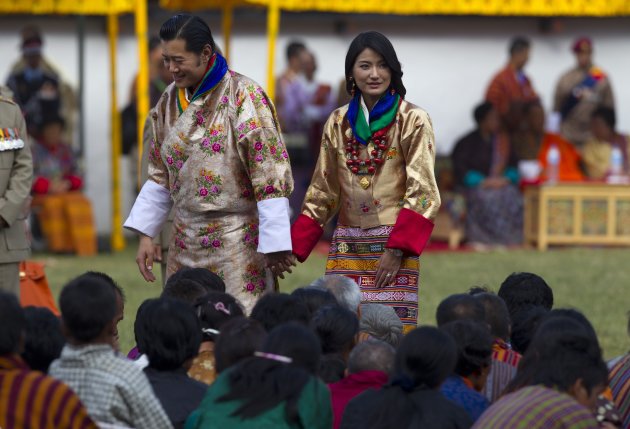Excerpts of PM's address at the Combined Commanders' Conference
The Prime Minister addressed the Combined Commanders Conference of the Indian Armed Forces in New Delhi today. Following are excerpts from the Prime Minister’s address on the occasion.
“It gives me immense pleasure once again to address the Combined Commanders Conference of the Indian Armed Forces.
You have the singular privilege and honour of leading our gallant soldiers, sailors and air warriors. Our men and women in uniform have demonstrated unflinching devotion to duty each time the nation’s security has been challenged or when we have faced natural calamities.
The armed forces have played a stellar role in safeguarding our borders, in fighting terrorism and infiltration in Jammu and Kashmir, insurgencies in the North-East, pirates in the Indian Ocean and aiding civil authority in Sikkim during the recent earthquake. Our countrymen look up to the armed forces as the epitome of honesty, integrity, character and professionalism.
Your Conference is taking place at a time when the country is faced with multiple challenges. In this age of rapid information flows and explosion of technologies, one of the most important security imperatives is our ability to respond to these challenges quickly and in an integrated fashion.
We should be justifiably proud of the excellent civil-military relations that we have traditionally maintained, and which has been the bedrock of our democracy. We must, however, continuously build upon this tradition and leverage the combined will of the nation to meet new and emerging threats.
Broadly speaking, the international strategic and political environment has deteriorated from our point of view. The policies we adopt, whether internally or externally, must factor this in.
We have paid special attention to our immediate neighbourhood. This is based on our conviction that the task of India’s socio-economic transformation will always be more difficult and less likely to succeed if we do not manage relations with our neighbours properly; more importantly, if we do not give them a substantial stake in India’s economic progress and stability.
Most major powers today are preoccupied with their own domestic problems. This has made the task of effective and coordinated global response to international issues that much more difficult. While we must work with the international community to address global issues, we must also strengthen our own capabilities and be ready to stand on our own feet, whenever required. We must therefore consolidate our own strategic autonomy and independence of thought and action.
The fundamentals of our economy remain strong. Despite the global slowdown, we will still achieve a growth rate of close to eight percent this year. Our short term challenge is to bring down inflation, while in the long term we have to make our growth process more inclusive, spur agricultural growth, expand the delivery of education, health and other services, protect our environment and improve our overall infrastructure.
It is equally the responsibility of the government to equip our armed forces with all the necessary means to meet all threats to our nation, including those which go beyond conventional warfare.
We have a long history in fighting terrorism. Today terrorist groups are highly networked, nimble footed and more lethal. This calls for appropriate responses. Cyber threats are emerging as a major source of worry. Cyber and information warfare could qualitatively change the concept of a battlefield. Nuclear proliferation and nuclear security remain a serious threat in our neighbourhood.
We must focus much more on maritime security, and on securing our coastline, our exclusive economic zone, our island territories and the sea lanes of communication.
Internally, we have to work assiduously to address problems in the North East and deal with left-wing extremism in a comprehensive manner. We have to be sensitive to the needs of the weaker sections of society and ensure that the fruits of our progress reach them. Issues relating to use of scarce resources such as land and water and strengthening institutions of governance require much closer attention than they have received in the past.
The Government will never fight shy of finding the funds for the modernization of our forces. At the same time we have to recognize that resources are not unlimited. I would urge upon you to optimize the use of scarce resources. You are the best judges of how this can be done, but advance and long term planning and the creation of common institutions, communication networks and infrastructure are some examples of how this could be achieved. We should keep this in mind particularly when we build new capacities for meeting emerging threats.
The development of an indigenous defence industry is a national security objective. We have succeeded in persuading many of the advanced countries to dismantle their export control regimes targeted at us which will give us access to high technology, but we need to gear up our own efforts.
Modernisation of the armed forces should not be limited only to acquisition of foreign equipment or foreign technologies. We have to progressively reduce our dependence on external sources. This has to be a national effort, involving our armed forces, our scientists and captains of Indian industry.
We are among the world leaders in information technology and a knowledge based economy. We have a vibrant private sector. It is necessary to put in place policies to promote a viable defence industry in the country using the large industrial and skill base that already exists. Greater competition will lead to greater efficiencies and more research and development. The Defence Production Policy announced this year is a step in the right direction.
The Ministry of Defence has over the last few years taken several steps to streamline the processes of acquisition. I am glad that the Defence Procurement Procedure 2011 contains new provisions to encourage private sector participation in ship building and expansion in the scope of the offset guidelines. Procurement procedures must ensure transparency, probity and accountability. We must also constantly work towards reducing time for processing proposals. Well formulated long term integrated plans will facilitate this task.
Our armed forces must attract the best and the brightest of our youth. The skills of those who are already in the forces should be continuously upgraded and broad-based so that our forces operate at the cutting edge of technology. As Commanders, you have a special responsibility to inculcate the finest qualities of character, integrity and professionalism among your junior officers and men and women. We live in an increasingly open society characterised by instant communications and mass media. These impose greater responsibilities on all public institutions of our Republic, including the armed forces.
Ensuring the welfare of ex-servicemen is a responsibility that the nation has towards our men and women in uniform. It is necessary that the relevant plans and schemes are implemented diligently, that we ensure appropriate retraining and above all, we show compassion to those who have served our nation so well.
You are commanders of one of the finest armed forces in the world. Our nation is truly proud of your achievements and indebted to you for your bravery, for your valour and for your sacrifices. I wish you even greater success in the service of our nation in the year to come.”
***
SC/LM
(Release ID :76556)









































